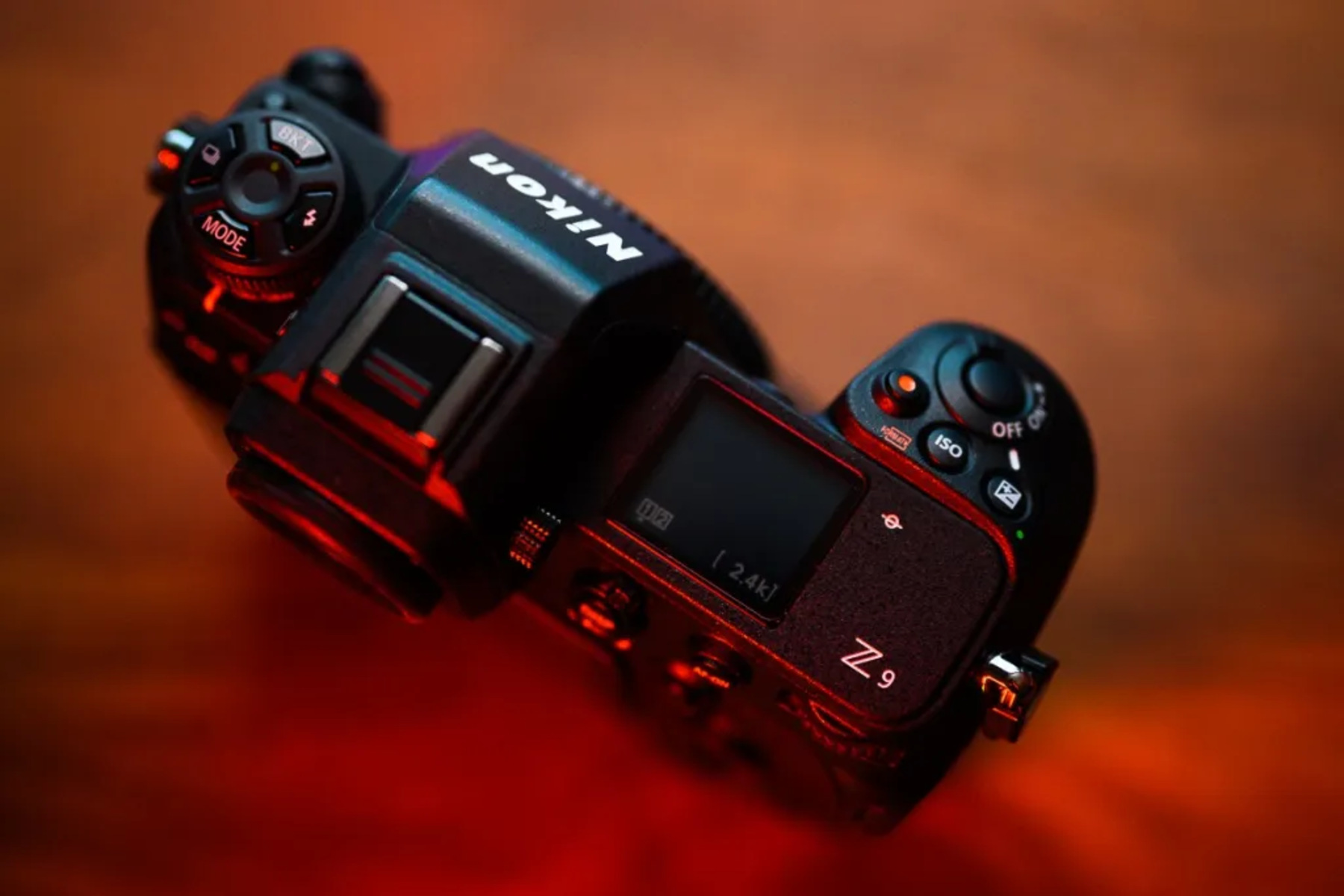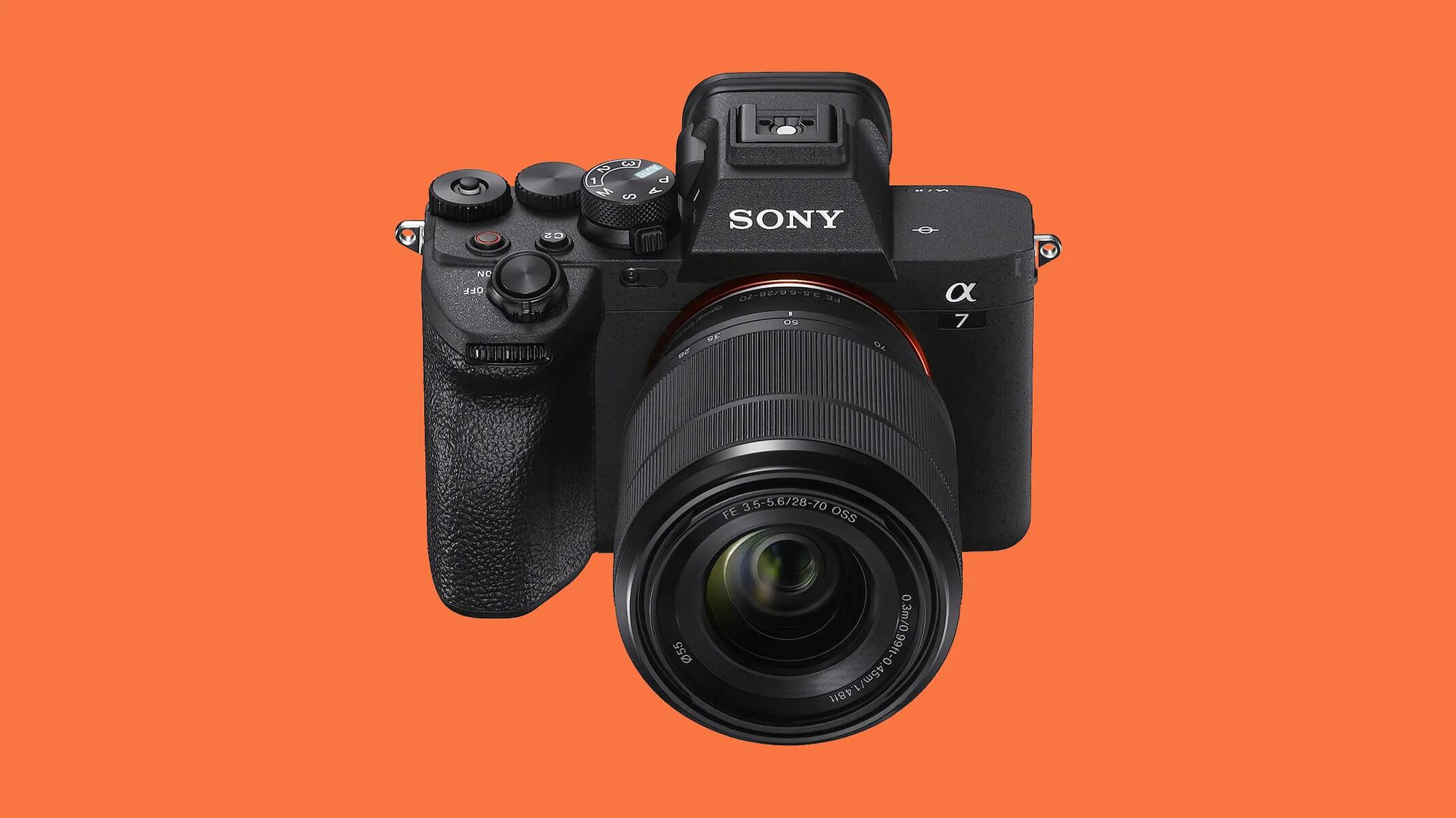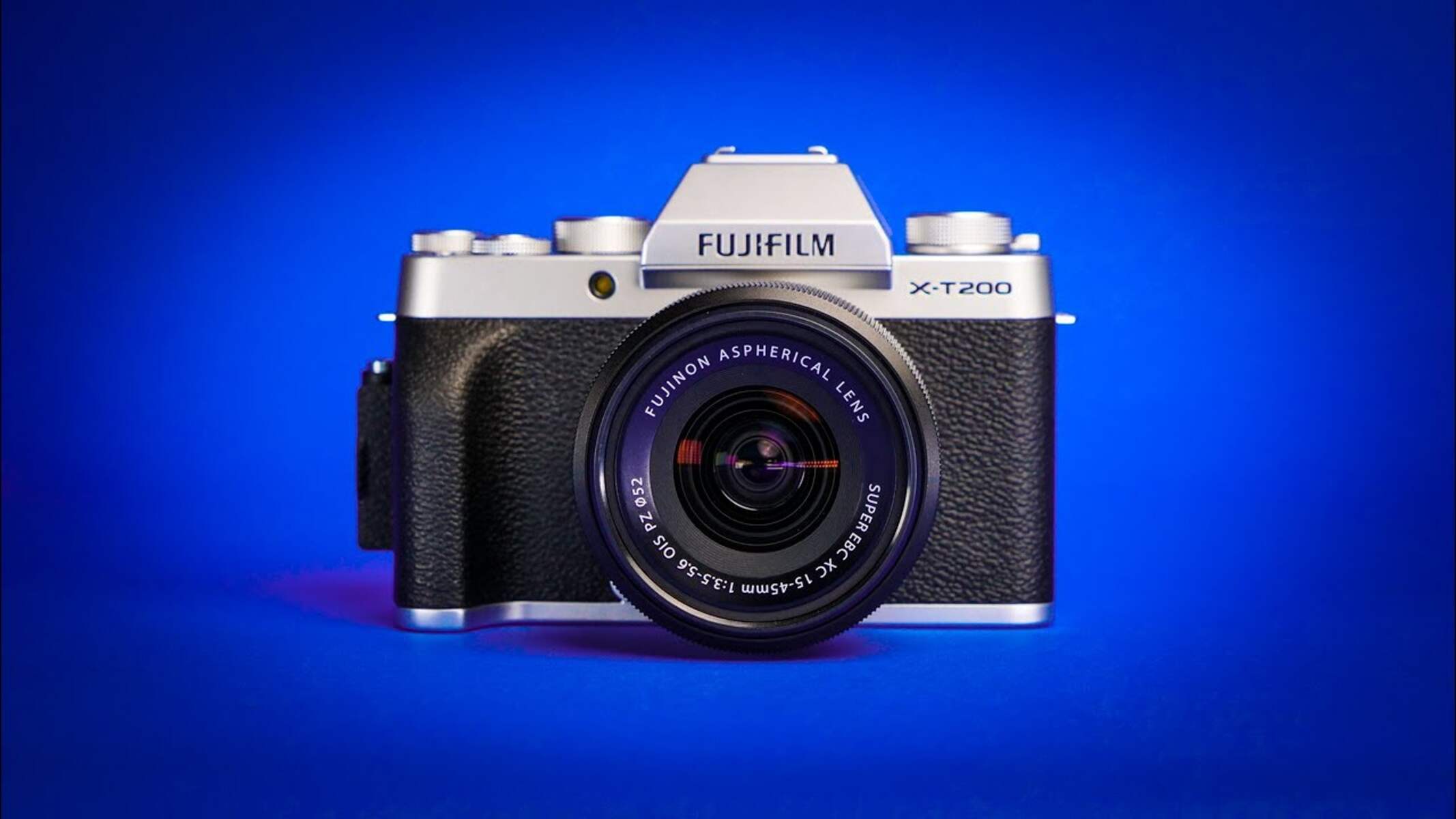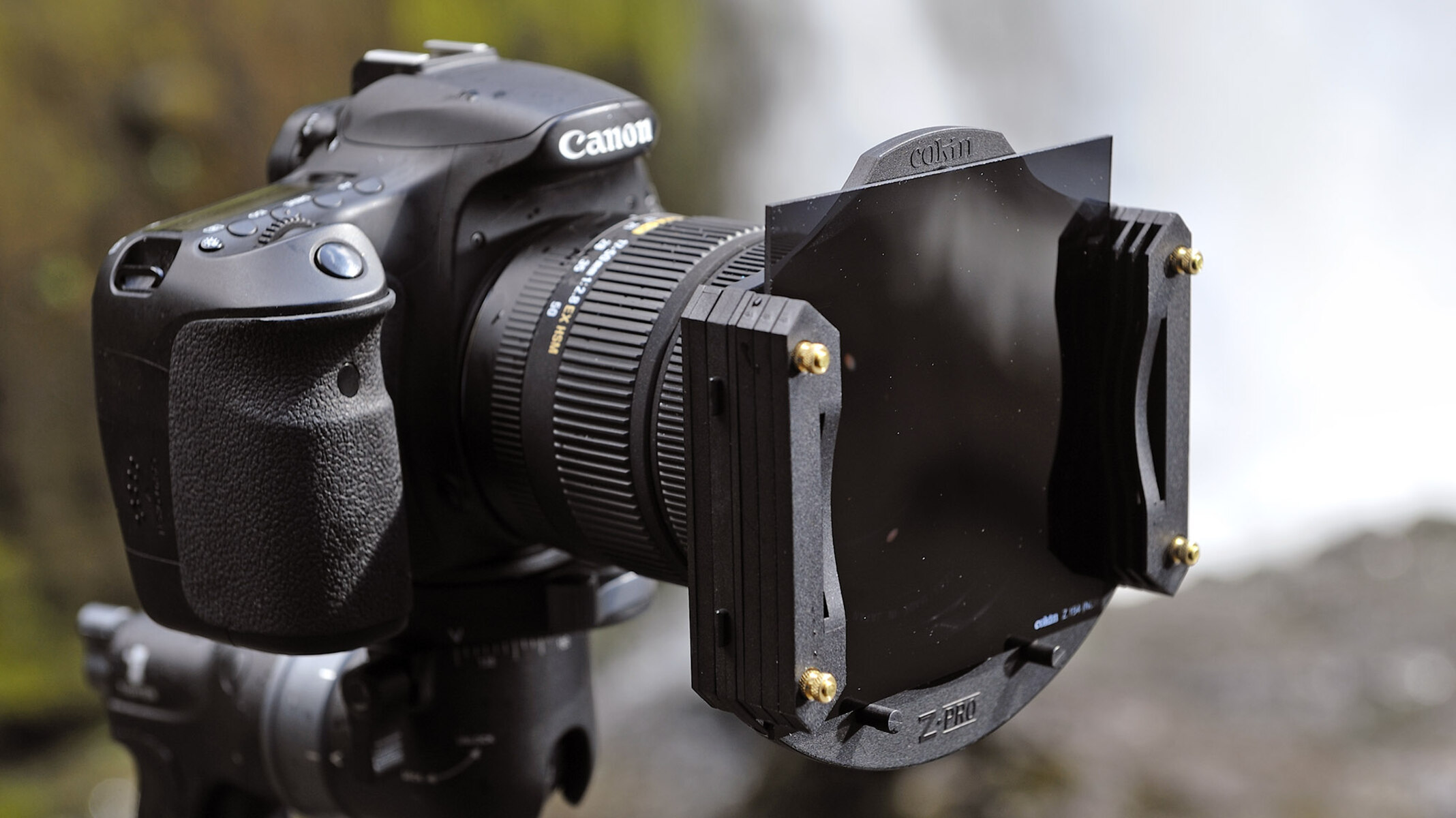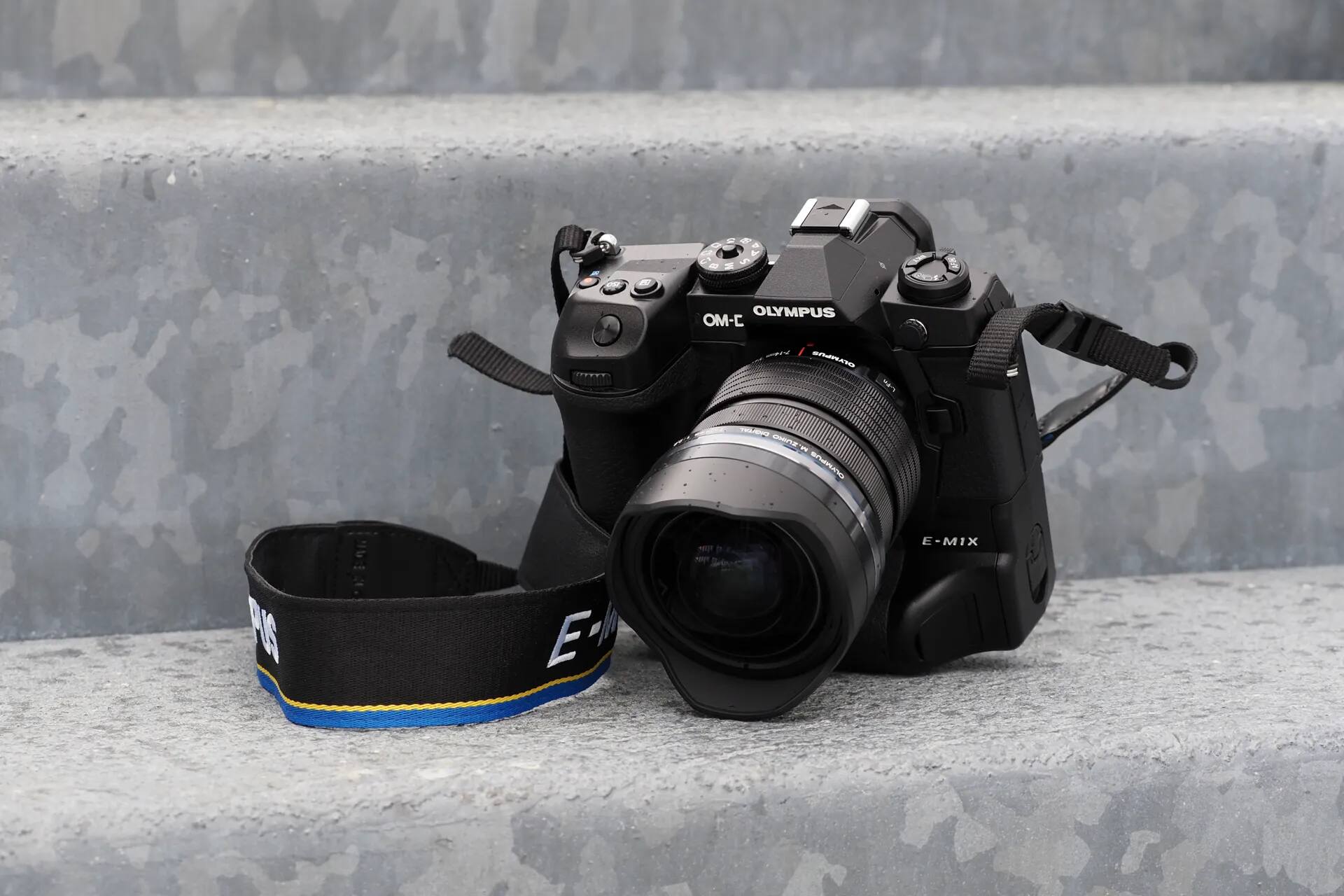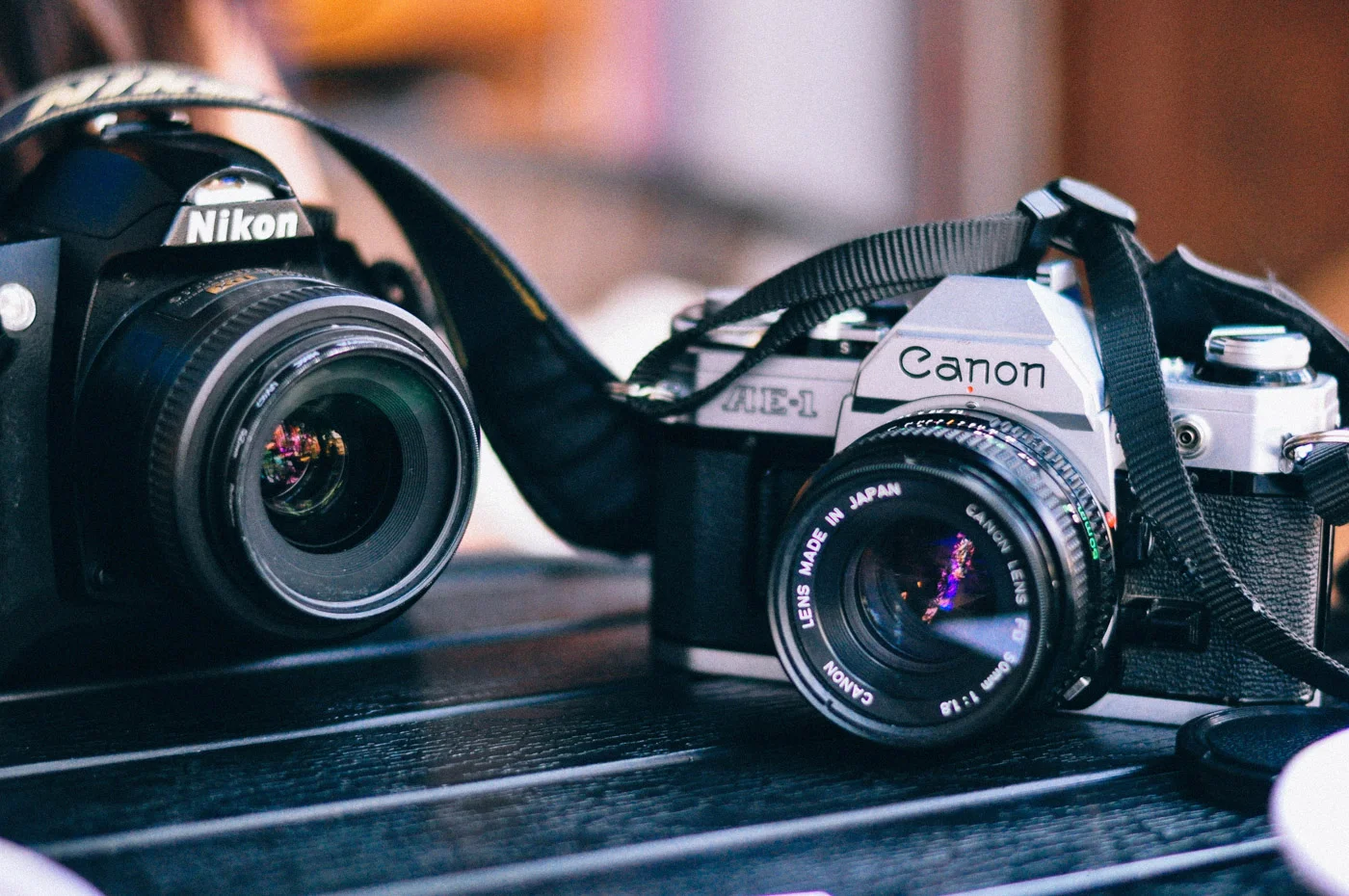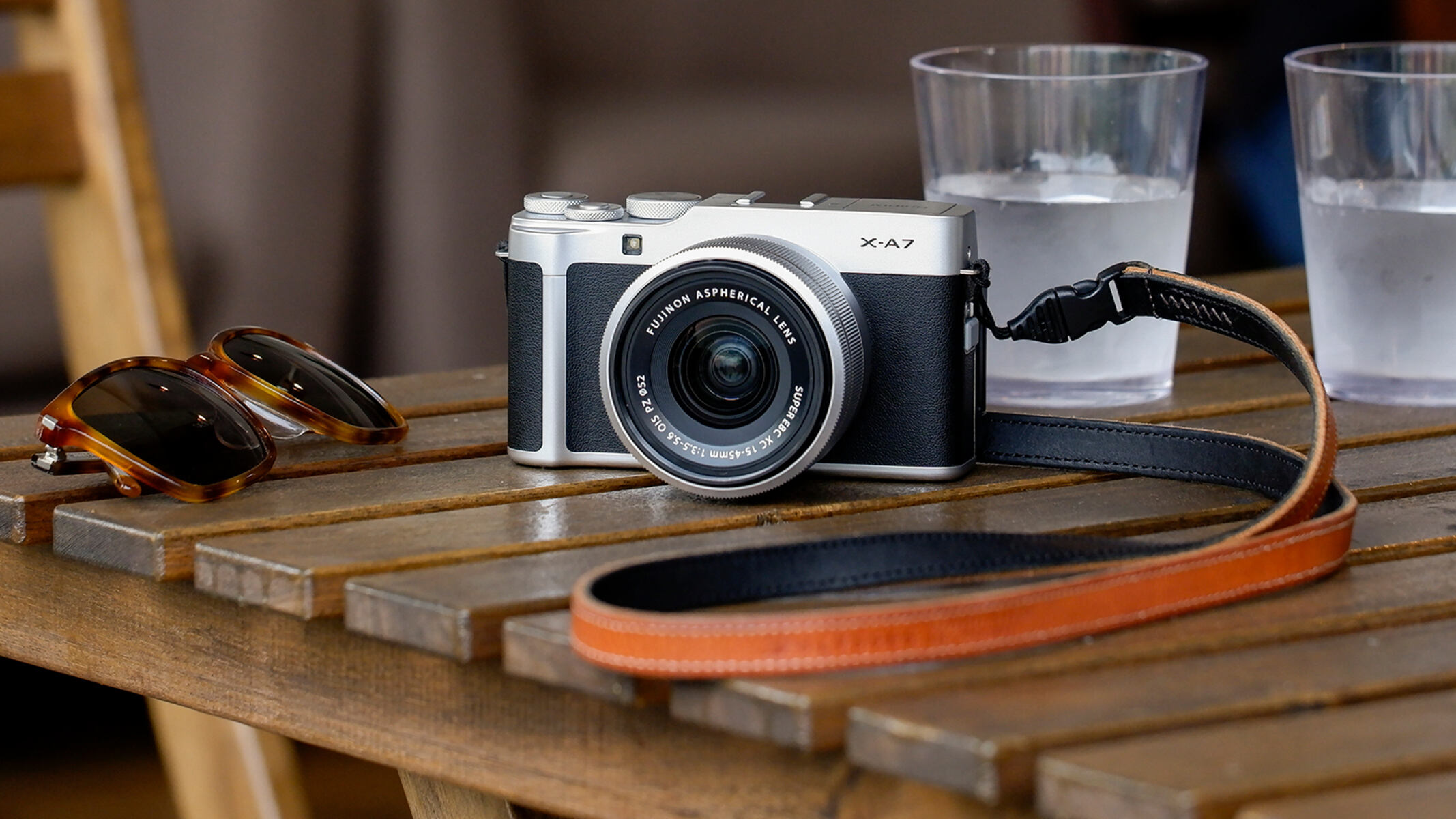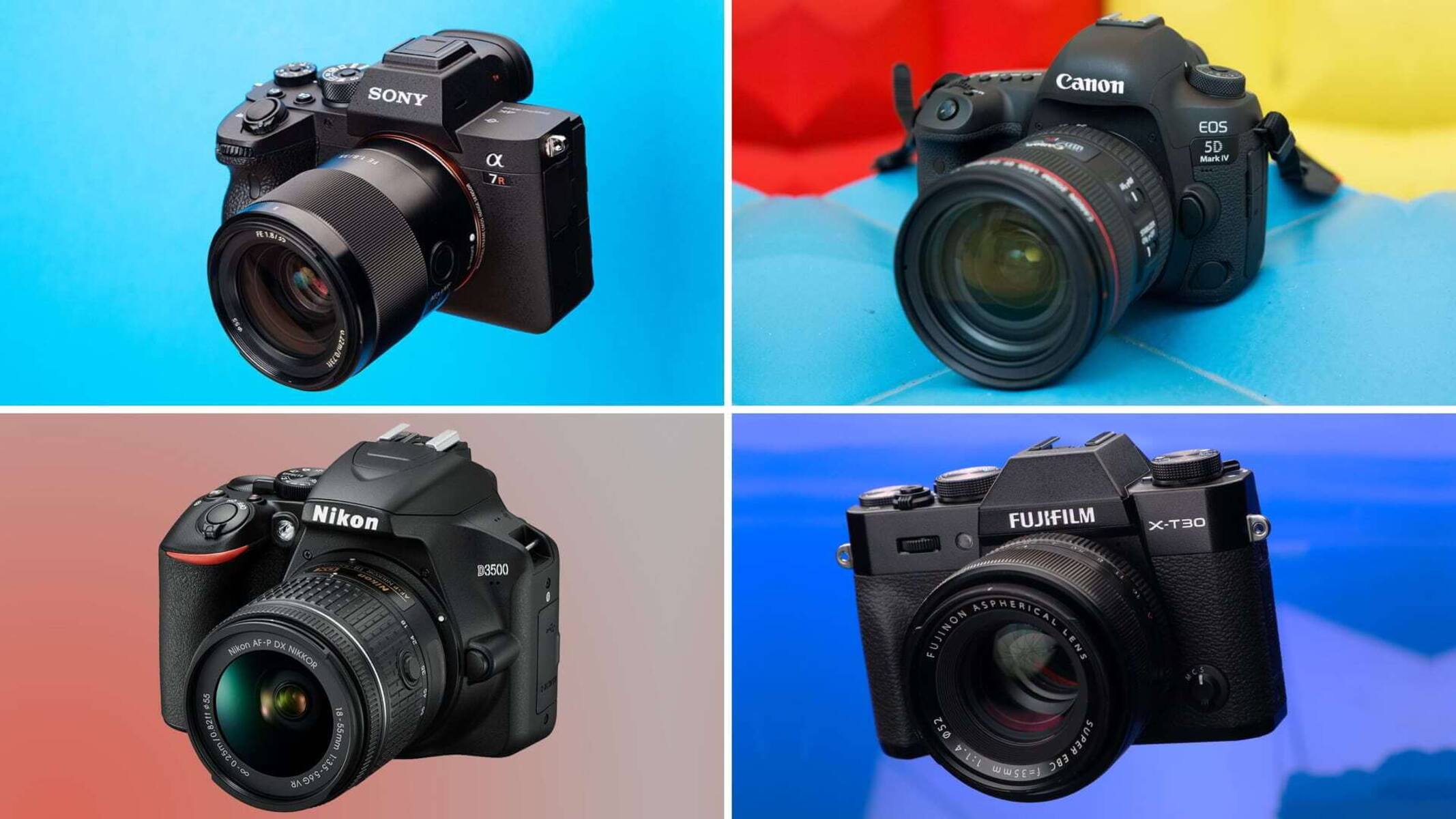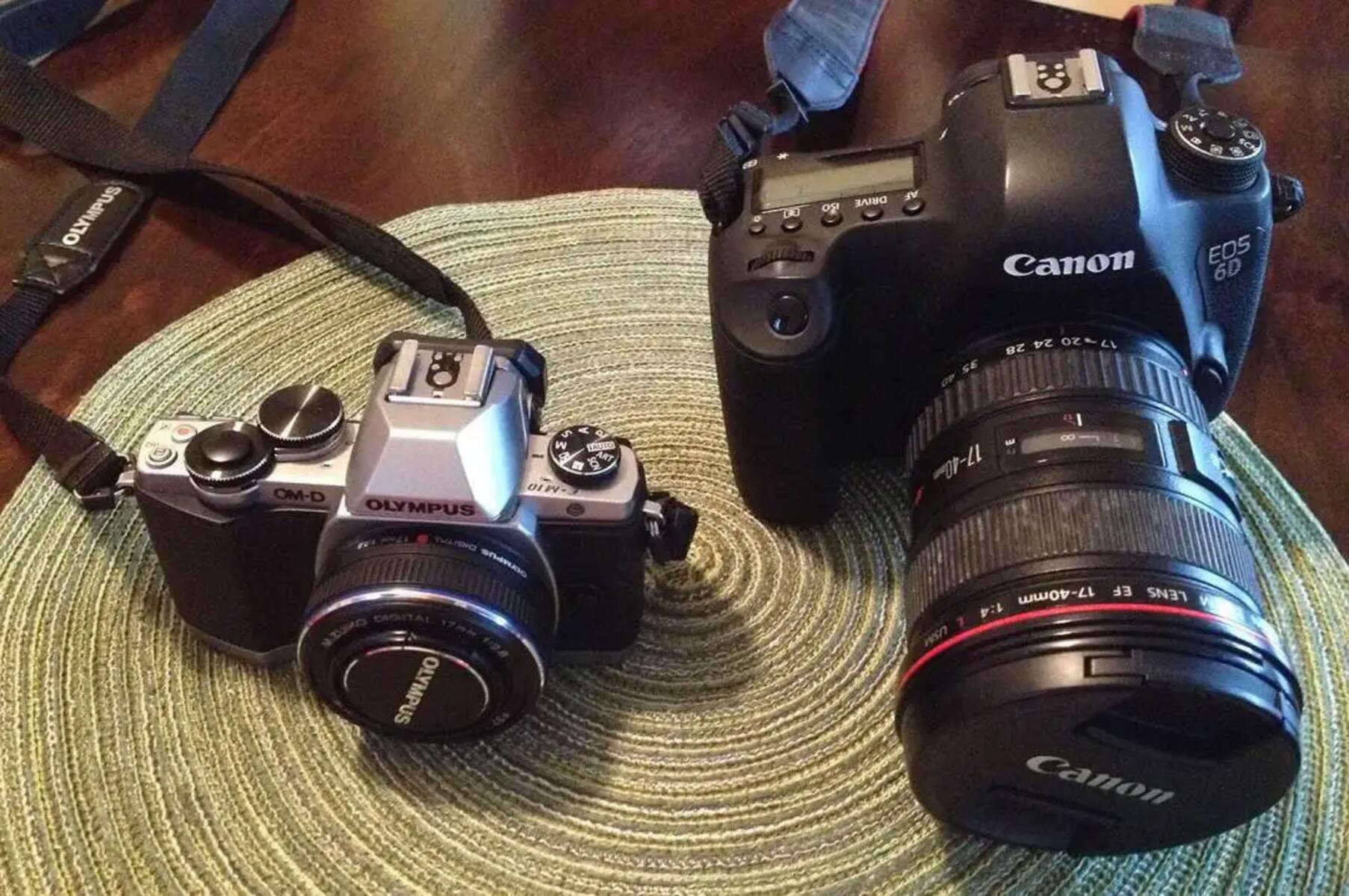Introduction
Are you considering upgrading your camera gear? Perhaps you've heard about the growing popularity of mirrorless cameras and are curious about what sets them apart from traditional DSLRs. Well, you're in the right place! In this article, we'll explore the numerous benefits of mirrorless cameras and why making the switch could be a game-changer for your photography or videography endeavors.
Mirrorless cameras have taken the photography world by storm, offering a plethora of advantages over their DSLR counterparts. From compact designs to advanced technological features, mirrorless cameras have reshaped the way photographers and videographers capture the world around them. So, let's delve into the specifics and uncover why mirrorless cameras are revolutionizing the imaging industry.
As we embark on this exploration, keep in mind that the decision to switch to a mirrorless camera is not one to be taken lightly. It involves understanding the unique attributes of these cameras and how they align with your specific needs and preferences. Whether you're a professional photographer, a hobbyist, or a vlogger seeking to elevate your content, the information presented here will equip you with valuable insights to make an informed decision.
So, without further ado, let's dive into the world of mirrorless cameras and discover the compelling reasons why they're capturing the hearts of photographers and videographers worldwide.
Size and Weight
One of the most compelling reasons to consider switching to a mirrorless camera is the remarkable reduction in size and weight compared to traditional DSLRs. Mirrorless cameras, as the name suggests, lack the bulky mirror and optical viewfinder system found in DSLRs, allowing for a more compact and lightweight design. This difference in form factor makes mirrorless cameras highly portable and ideal for photographers and videographers who prioritize mobility and convenience.
With a smaller and lighter camera body, you’ll find that carrying and handling a mirrorless camera during extended photo shoots or filming sessions is significantly less taxing. This advantage is particularly noteworthy for travel photographers and content creators who often find themselves on the move, as it enables them to pack lighter without compromising on image quality or performance.
Besides the camera body, the reduced size and weight of mirrorless lenses further contribute to the overall portability of the system. Whether you’re trekking through rugged landscapes or navigating crowded urban streets, the compact nature of mirrorless camera gear affords you greater agility and freedom to capture stunning visuals without feeling encumbered by heavy equipment.
Moreover, the smaller size of mirrorless cameras makes them less obtrusive, allowing for discreet photography and videography in various settings. This inconspicuousness can be advantageous for street photographers, documentary filmmakers, and event shooters who aim to blend into their surroundings and capture authentic moments without drawing undue attention.
In essence, the reduced size and weight of mirrorless cameras and lenses offer a liberating experience, empowering photographers and videographers to focus on their craft without being weighed down by cumbersome gear. This shift towards greater portability and maneuverability is a defining characteristic of mirrorless technology, providing a compelling reason to embrace the future of imaging.
Autofocus
When it comes to capturing sharp, in-focus images and videos, the autofocus capabilities of a camera play a pivotal role. Mirrorless cameras have garnered widespread acclaim for their advanced autofocus systems, which offer unparalleled precision, speed, and versatility. Unlike traditional DSLRs that rely on a separate phase-detection autofocus module, mirrorless cameras leverage on-sensor phase-detection and contrast-detection autofocus, resulting in superior focusing performance across a range of shooting scenarios.
One of the standout features of mirrorless autofocus is its ability to cover a larger portion of the frame, enabling photographers and videographers to track subjects with remarkable accuracy, even when they are positioned at the periphery of the composition. This expanded coverage is particularly beneficial for capturing fast-moving subjects, such as wildlife, sports, or active street scenes, where swift and precise autofocus is essential to securing the shot.
Furthermore, the advanced face and eye detection capabilities of many mirrorless cameras ensure that human subjects remain impeccably in focus, even in challenging lighting conditions or when they are in motion. This feature is a game-changer for portrait photographers and videographers, as it allows them to concentrate on composition and expression without being encumbered by focusing concerns.
Another advantage of mirrorless autofocus is its adaptability to various shooting styles and preferences. Whether you favor single-point autofocus for pinpoint accuracy or rely on continuous autofocus to seamlessly track moving subjects, mirrorless cameras offer a diverse array of focus modes and customization options to suit your specific needs.
Additionally, the silent and smooth nature of mirrorless autofocus systems makes them ideal for video recording, ensuring that focus transitions are virtually imperceptible in the footage. This attribute is especially valuable for content creators who prioritize professional-looking videos with seamless focus adjustments.
In essence, the autofocus capabilities of mirrorless cameras represent a leap forward in precision and performance, empowering photographers and videographers to confidently capture fleeting moments with unprecedented clarity and accuracy.
Electronic Viewfinder
The electronic viewfinder (EVF) is a defining feature that sets mirrorless cameras apart from their DSLR counterparts. Instead of the optical viewfinders found in DSLRs, which rely on a complex system of mirrors to reflect the scene to the photographer’s eye, mirrorless cameras are equipped with high-resolution electronic viewfinders that offer a real-time digital preview of the captured image.
One of the primary advantages of an electronic viewfinder is its ability to provide a faithful representation of the final image, complete with exposure, white balance, and depth of field adjustments visible in real time. This live preview empowers photographers to make informed decisions about composition, exposure settings, and creative adjustments without the need to review images on a separate screen after capture.
Furthermore, electronic viewfinders offer a level of customization and information overlay that enhances the shooting experience. From gridlines and electronic levels for precise composition to real-time histograms and focus peaking for accurate exposure and focusing, the EVF provides a wealth of visual aids that aid in creating technically impeccable images.
Another noteworthy advantage of electronic viewfinders is their versatility in accommodating various shooting conditions. Unlike optical viewfinders, which may struggle in low-light environments or when using certain lenses, EVFs provide a consistent and clear view of the scene, regardless of the ambient lighting or the attached optics.
Additionally, the ability to preview the effects of exposure adjustments, white balance shifts, and creative filters directly through the electronic viewfinder allows photographers to experiment with different settings and visualize the impact in real time, fostering a more intuitive and immersive shooting experience.
Moreover, for videographers, electronic viewfinders offer a seamless transition from still photography to video recording, providing a unified and cohesive workflow that streamlines the creative process.
In essence, the electronic viewfinder represents a paradigm shift in how photographers and videographers interact with their subjects and scenes, offering a wealth of information and creative control at their fingertips, all within a compact and intuitive interface.
Lens Selection and Adaptability
The versatility and adaptability of mirrorless cameras extend beyond the camera body itself, encompassing a wide array of available lenses and the ability to adapt legacy optics from other systems. This flexibility in lens selection and adaptability is a compelling reason for photographers and videographers to consider making the switch to a mirrorless system.
One of the key advantages of mirrorless cameras is the ever-expanding selection of native lenses designed specifically for the mirrorless mount. From wide-angle primes to telephoto zooms, the lens lineup for mirrorless cameras continues to grow, offering photographers and videographers a diverse range of options to suit their creative vision and shooting requirements.
Furthermore, the compact nature of mirrorless cameras has spurred the development of lightweight and portable lenses that complement the form factor of the camera bodies. This emphasis on size and weight efficiency ensures that photographers can assemble a comprehensive kit of high-quality lenses without sacrificing the benefits of portability and maneuverability.
Moreover, the adaptability of mirrorless cameras to accommodate lenses from other systems through various mount adapters expands the creative possibilities for photographers with existing collections of DSLR or legacy lenses. This seamless integration of non-native lenses with mirrorless bodies enables photographers to leverage their existing optics while harnessing the advanced features and performance of modern mirrorless technology.
Additionally, the shorter flange distance of mirrorless camera systems allows for the design of innovative and optically superior lenses that were previously unattainable with traditional DSLRs. This technological advantage has paved the way for the creation of cutting-edge lenses that deliver exceptional image quality, enhanced autofocus performance, and groundbreaking optical designs.
Whether you’re a landscape photographer seeking ultra-wide perspectives, a portrait artist in pursuit of exquisite bokeh and sharpness, or a videographer requiring versatile and cinematic optics, the extensive selection and adaptability of lenses for mirrorless cameras cater to a broad spectrum of imaging needs and creative aspirations.
Silent Shooting
The advent of silent shooting capabilities in mirrorless cameras has redefined the way photographers work in noise-sensitive environments and discreet shooting scenarios. Unlike traditional DSLRs, which rely on mechanical mirrors and shutters that produce noticeable sound and vibration during operation, mirrorless cameras offer the option for virtually silent shooting, making them ideal for capturing moments without disturbing the ambience or drawing attention to the photographer.
One of the primary benefits of silent shooting is its applicability in environments where noise disruption is unwelcome or prohibited. Wedding ceremonies, live performances, and solemn events are just a few examples of settings where the unobtrusive nature of silent shooting allows photographers to document moments with a heightened level of discretion and respect for the atmosphere.
Moreover, the absence of mechanical shutter noise in silent shooting mode enables photographers to blend seamlessly into candid or street photography scenes, capturing authentic and unposed moments without alerting subjects to the presence of the camera. This unobtrusive approach often results in more natural and spontaneous expressions, adding authenticity to the visual narrative.
Additionally, silent shooting proves invaluable in wildlife photography, where the sound of a traditional camera shutter can startle or disturb animals, affecting their behavior and potentially disrupting the photographer’s ability to document them in their natural state. With mirrorless cameras offering silent capture, photographers can observe and photograph wildlife without introducing unnecessary noise pollution into their habitats.
Furthermore, for videographers, the silent shooting feature eliminates the risk of audio interference caused by camera operation, allowing for clean and uninterrupted sound recording during video capture. This capability is particularly advantageous in documentary filmmaking, interviews, and other video productions where ambient sound quality is paramount.
In essence, the silent shooting functionality of mirrorless cameras opens up new avenues for creative expression, enabling photographers and videographers to work unobtrusively in a wide range of environments and scenarios, ultimately enhancing the quality and authenticity of their visual storytelling.
Video Capabilities
Mirrorless cameras have emerged as formidable contenders in the realm of video production, offering a host of features and capabilities that cater to the needs of videographers across diverse genres. From high-resolution recording to advanced autofocus and seamless integration with professional video accessories, mirrorless cameras have revolutionized the way video content is captured and produced.
One of the standout advantages of mirrorless cameras for video is their ability to record high-quality footage in resolutions up to 4K and beyond. This level of detail and clarity is instrumental in delivering cinematic visuals that meet the standards of modern video production, whether for independent filmmaking, commercial projects, or online content creation.
Moreover, the compact and lightweight nature of mirrorless camera bodies makes them well-suited for handheld and gimbal-mounted shooting, providing videographers with enhanced mobility and flexibility to capture dynamic scenes and camera movements without the encumbrance of bulky equipment.
Additionally, the advanced autofocus systems found in many mirrorless cameras ensure smooth and accurate focus tracking during video recording, allowing videographers to maintain sharpness on moving subjects and execute complex focus transitions with confidence. This feature is particularly beneficial for vloggers, documentary filmmakers, and solo videographers who require reliable autofocus performance without the need for manual intervention.
Furthermore, the silent shooting capabilities of mirrorless cameras, as previously discussed, contribute to a seamless and unobtrusive video recording experience, eliminating the distraction of mechanical shutter noise and vibration that can detract from the audio quality of the footage.
Another noteworthy attribute of mirrorless cameras is their compatibility with a wide range of video accessories, including external monitors, microphones, and stabilizing rigs, thanks to standardized mounting options and comprehensive connectivity features. This versatility allows videographers to customize their setups according to the specific demands of their projects, ensuring professional-grade results without compromising on portability.
In essence, the video capabilities of mirrorless cameras have empowered videographers to pursue their creative visions with unprecedented flexibility, technical prowess, and adaptability, positioning mirrorless systems as indispensable tools for modern video content creation.
Battery Life
One of the considerations when evaluating a camera system is its battery life, and mirrorless cameras have made significant strides in this domain, addressing concerns about power efficiency and longevity. The compact and energy-efficient design of mirrorless cameras, coupled with advancements in battery technology, has resulted in notable improvements in battery performance, offering photographers and videographers extended shooting durations and enhanced operational reliability.
Compared to traditional DSLRs, which often feature larger bodies that can accommodate sizable battery packs, mirrorless cameras have historically been associated with more modest battery capacities. However, ongoing advancements in battery design and management have mitigated this discrepancy, with modern mirrorless cameras delivering commendable battery life that rivals, and in some cases surpasses, that of DSLRs.
Furthermore, the implementation of power-saving features and intelligent energy management systems in mirrorless cameras has contributed to more efficient utilization of battery resources, prolonging the operational lifespan of each charge cycle. This is particularly beneficial for photographers and videographers engaged in extended shooting sessions or situations where access to charging facilities is limited.
Moreover, the ability to monitor battery status and consumption in real time through the camera’s electronic viewfinder or rear display empowers users to manage their shooting workflow proactively, ensuring that they can anticipate and address any potential power-related concerns before they impact their creative endeavors.
Additionally, the compact form factor of mirrorless cameras, when combined with efficient battery performance, results in a lightweight and agile shooting setup that is conducive to prolonged use in the field without the burden of carrying multiple bulky batteries or frequent recharging equipment.
Furthermore, the availability of portable and versatile charging solutions, such as USB power banks and in-camera charging via USB-C connections, enhances the convenience and accessibility of maintaining battery power while on the go, further reinforcing the practicality of mirrorless camera systems for extended shooting scenarios.
In essence, the advancements in battery life and power management in mirrorless cameras have addressed historical concerns about endurance and reliability, positioning these cameras as dependable tools for photographers and videographers seeking extended shooting capabilities without compromising on portability or performance.
Conclusion
As we conclude our exploration of the myriad benefits of mirrorless cameras, it becomes evident that these innovative imaging tools have ushered in a new era of creative possibilities for photographers and videographers. The compact form factor, advanced autofocus systems, electronic viewfinders, and extensive lens selection, coupled with features such as silent shooting, impressive video capabilities, and enhanced battery life, collectively position mirrorless cameras as indispensable assets in the pursuit of visual storytelling and artistic expression.
The reduction in size and weight of mirrorless camera bodies and lenses not only enhances portability and maneuverability but also signifies a shift towards a more agile and unobtrusive approach to photography and videography. This, combined with the advanced autofocus capabilities and silent shooting functionality, empowers creators to capture authentic moments with precision and discretion, whether in bustling urban environments, serene natural landscapes, or intimate human interactions.
Furthermore, the electronic viewfinders of mirrorless cameras offer an immersive and informative interface that facilitates precise composition, exposure adjustments, and visual experimentation, while the extensive lens selection and adaptability provide photographers and videographers with a versatile toolkit to realize their diverse creative visions.
When it comes to video production, mirrorless cameras have proven themselves as formidable contenders, offering high-quality recording capabilities, advanced autofocus performance, and seamless integration with professional accessories, all within a compact and mobile platform. The improved battery life and efficient power management further solidify the practicality and reliability of mirrorless cameras for extended shooting sessions and on-the-go use.
In essence, the decision to switch to a mirrorless camera represents a strategic embrace of cutting-edge technology and a commitment to elevating the art and craft of visual storytelling. Whether you’re a seasoned professional seeking enhanced efficiency and versatility or an aspiring creator eager to explore new horizons, the attributes and capabilities of mirrorless cameras position them as indispensable tools for capturing the world in all its beauty and complexity.







